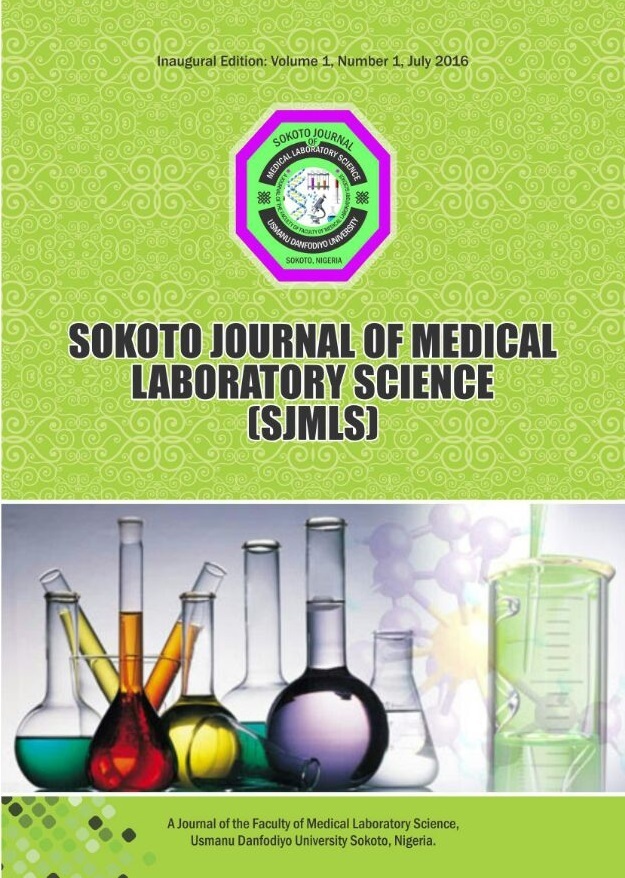Prevalence of HIV Infection among Children of HIV Positive Mothers in a Tertiary Health Facility in Maiduguri, Nigeria.
Keywords:
HIV-Infection, Children, HIV-positive, mothersAbstract
Mother-to-child transmission of HIV is still a potent means of vertical HIV acquisition in sub-Sahara Africa and Asia with alarming incidences of child mortality. The various intervention programmes introduced for prevention of mother-to-child transmission (PMTCT) require a comprehensive coordinated continuous service with increased access to counseling, accurate testing, anti-retroviral therapy and primary prevention services. This study was carried out to determine the transmission of HIV from HIV positive mothers to their children using immunological and molecular-based techniques. One hundred and forty-four children aged 0 to 20 months born to HIV positive mothers on Anti-Retroviral Therapy (ART) intervention were tested for HIV-1 using Amplicor HIV-1 DNA (version 1.5) and Determine HIV Rapid Test Kits. Fourteen (9.7%) tested positive and 130 (90.3%) were negative. The study revealed a higher prevalence in the age group of 15 months and above with 1 (25%), followed by 6-10 months with 5 (14.7%), and 11-15 months, 3 (10.7%) and the least 0-5 months with 5 (6.4%). The prevalence of HIV was higher among female subjects 12.1% (8) compared to male subjects 7.7% (6). All the 14 HIV positive cases were observed among the 20 children born outside tertiary health facility. Prevalence of mother to child HIV transmission among children is not influenced by the age and gender of the subjects studied or by mothers’ occupation but the intervention received by pregnant HIV positive mothers. ART started before pregnancy is enormously effective in preventing mother to child transmission. Literacy of mothers also plays a role in seeking intervention after awareness.




